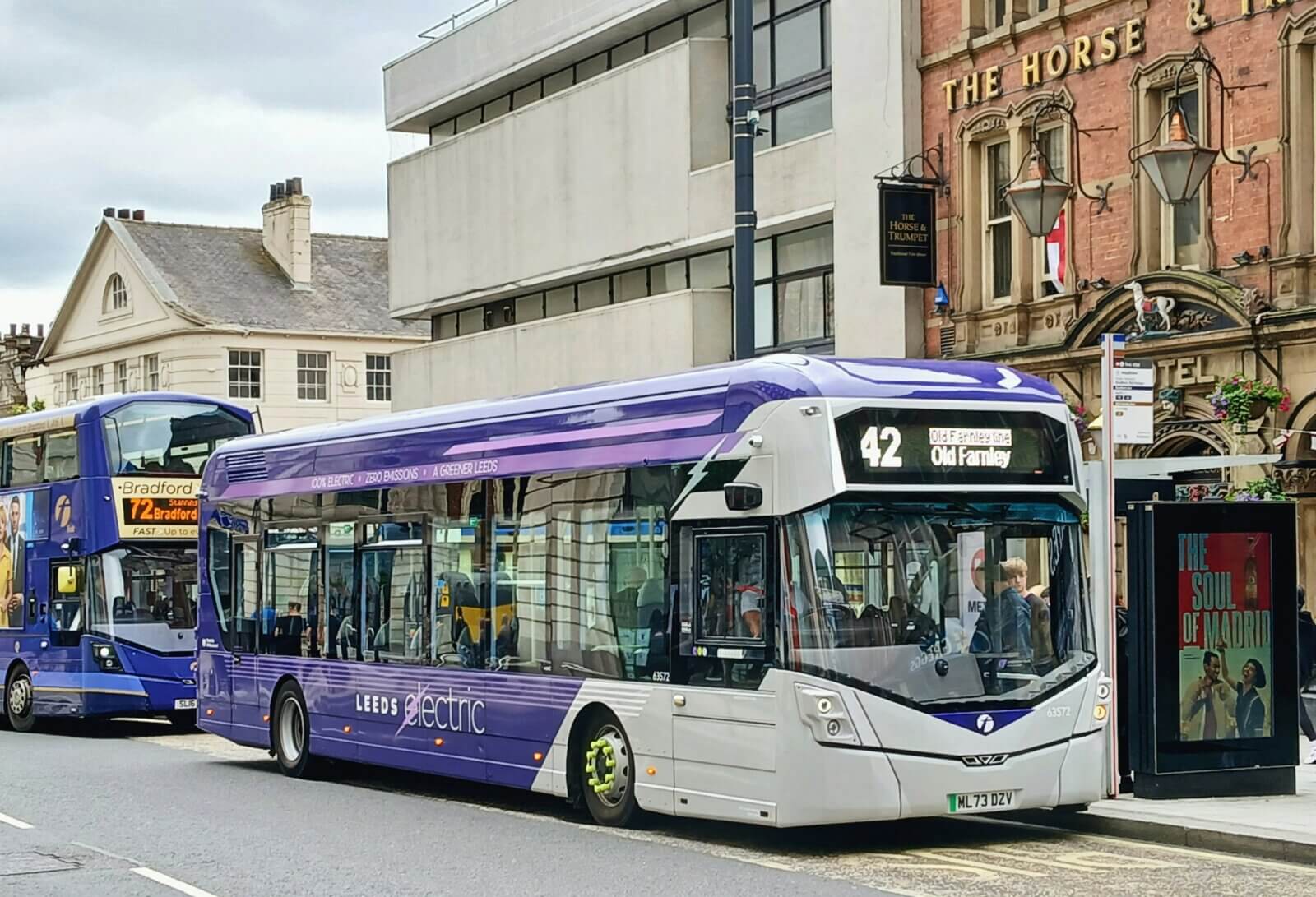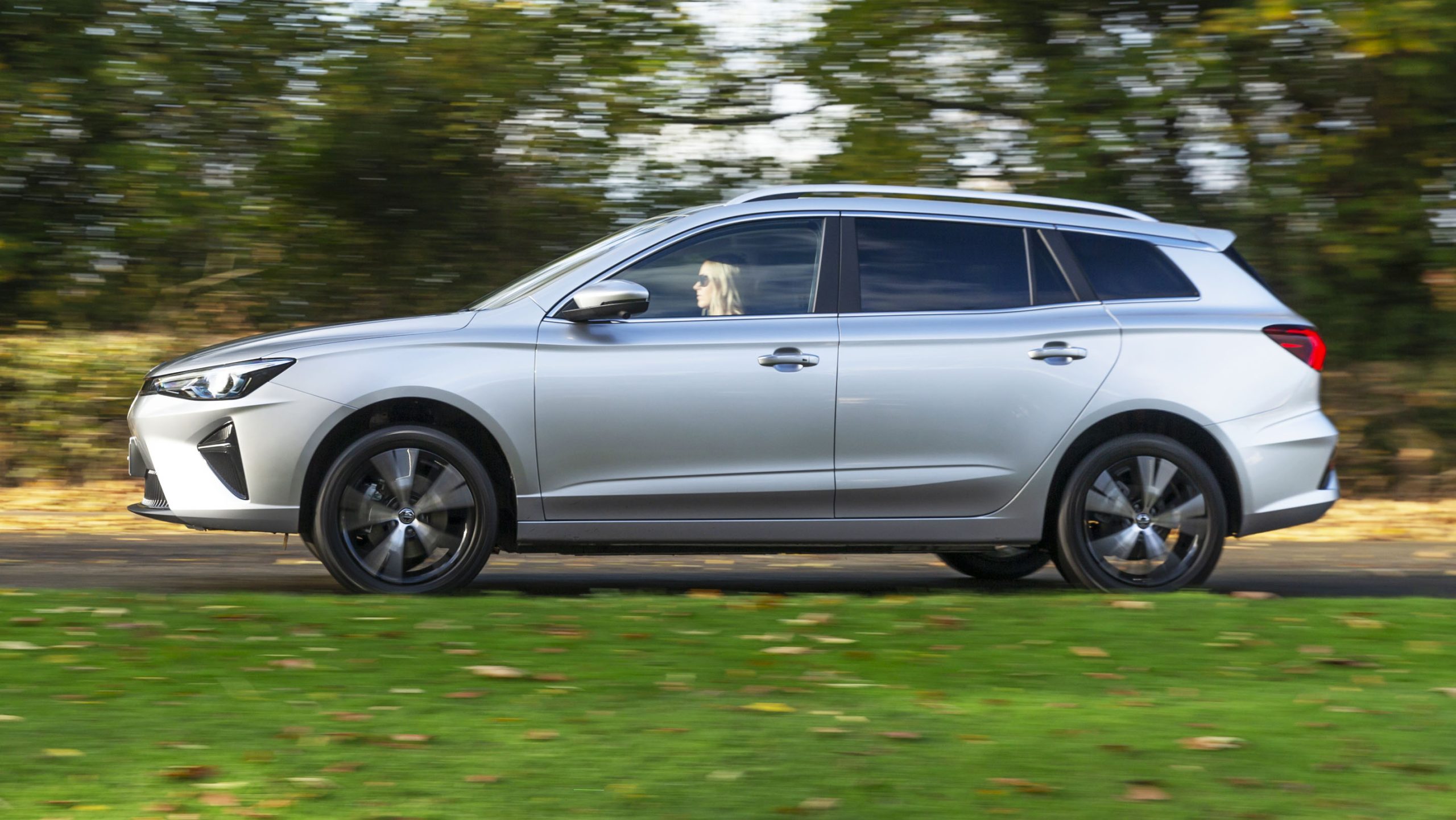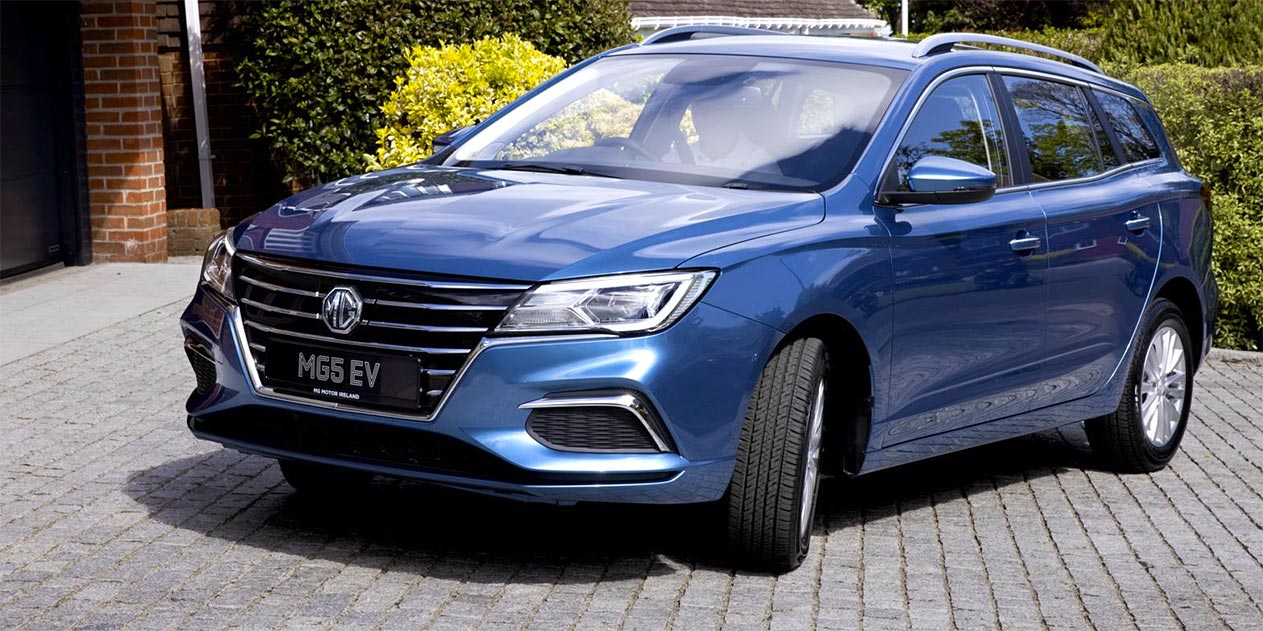
Electric buses in Ukraine: when will we switch from broken down minibuses to modern electric transport
The trend for electric vehicles is slowly but surely seeping into Ukraine. Initially, it concerned only electric cars, but now it has spread to public transport. Electric buses are more economical to operate than internal combustion engine buses and do not pollute the air. We found out in which cities of Ukraine people already use electric vehicles, where they are purchased and how profitable it is. All electric buses are made in [...]
Content:
The trend for electric vehicles is slowly but surely seeping into Ukraine. Initially, it concerned only electric cars, but now it has spread to public transport. Electric buses are more economical to operate than internal combustion engine buses and do not pollute the air. We found out in which cities of Ukraine people already use electric vehicles, where they are purchased, and how profitable it is.
All electric buses are made in China
China is considered the world leader in the production of electric buses. Manufacturers fully supply the Chinese fleet and are gradually filling foreign markets.
From 2014 to 2017, 358,000 electric buses were produced in China, accounting for 50% of the country's bus fleet. In 2018, the largest metropolis in China, Shenzhen, completely switched its public transport (16359 vehicles) to electricity. Other Chinese cities are gradually abandoning buses with internal combustion engines.
Electric buses in China are produced by 4 domestic manufacturers. The leader among them is BYD, which supplies electric vehicles to 50 countries around the world. This company and all others are greatly stimulated by government benefits. For example, free green licence plates and a large number of charging stations (there are 5100 public charging points in Shenzhen alone).
According to research, between 2009 and 2017, China spent $48 billion on subsidies for electric vehicles.
Some companies, such as Scania, Volvo, Nissan, and Renault, are planning to compete with Chinese manufacturers and also produce public green transport. According to analysts, these companies have the opportunity to capture the market on a par with China, as they have an ironclad reputation.
What electric buses are available in Ukraine
In Ukrainian cities, electric buses are a rarity. There are trams, trolleybuses, yellow Bogdan buses, old taxis, subways and even an underground tram, but electric buses appear mostly only as test vehicles.
People are surprised: "Well, the electric bus was launched in 2016, and what? Are there any results of its use?" There were indeed many such test runs, but almost no one shares the results in numbers. We decided to address this shortcoming and summarised the situation in large cities where electric buses are running on the roads.
Lviv
In 2015, the Lviv-based Electron plant produced the first and so far the only low-floor electric bus in Ukraine, Electron E191. It is 12 metres long and has a passenger capacity of 100 seats. A full charge lasts for 225 km. The battery can withstand 5-8 thousand charging cycles without reducing its nominal performance. The longest distance covered by the bus without recharging was from Lviv to Kamianets-Podilskyi (320 km). It takes 6-7 hours to fully charge, and in order to charge the electric bus while it is in motion, a pantograph is additionally installed on board, which provides power from the trolleybus contact network.
The production cost of a Lviv electric bus is UAH 8-9 million. It is more expensive than purchasing diesel buses (costing UAH 5-6 million), but the cost of operating electric transport is 10 times lower. This allows us to reduce the cost of travel for city residents.
Kyiv
Since 2018, the Chinese electric bus Skywell has been running in the capital on route 599. On a single charge, it can cover up to 300 km (a daytime city route). During the test runs, it was found that the battery consumes 60% of charge during 6 hours of operation in an urban environment. It is charged mainly at night, because it is 2 times cheaper. But diesel fuel is still used to heat the cabin in winter.
The Skywell electric bus models are 8.5 and 12 metres long. They were tested in turn in Vinnytsia, Zhytomyr and Poltava. These buses became the first certified public transport in Ukraine that meets European standards and has been tested on our roads, including in winter.
In 2019, as a result of a briefing, it was decided to launch the production of electric buses jointly with the Chinese manufacturer Skywell. In the same year, both parties officially reached an agreement and a large-scale assembly of Skywell buses will be set up in Ukraine. Due to the fact that it will be a joint production, electric transport will cost our country less than purchasing ready-made vehicles.
Lutsk
The automotive company Bogdan Motors operates in Lutsk, and in 2014 it developed a domestic model of an electric bus based on the Bogdan A091 bus. It was used for several years as part of an experiment until another experimental, but already industrial, model of an electric bus, the ZET 8-120, was put on the roads of Lutsk in 2020.
The 2020 Lutsk electric bus is 8 metres long and has a range of 200 km without recharging. It is equipped with two electric motors powered by batteries designed for 3000 charge-discharge cycles. It takes 8 hours to fully charge the batteries, but with the help of fast DC charging, this can be done in 4 hours. The engines in this bus are domestic, and the batteries are purchased in China.
The authors of the project have been looking for investors since 2016, but no orders were received, so it was not possible to set up mass production. In 2019, things finally moved forward, and we can expect that domestic electric buses will soon start running on the roads of Lutsk and other cities.
After two years of commercial tests of the Lutsk electric bus, it turned out that it helps to save UAH 1,000 per day. A 1km run on this vehicle costs the carrier UAH 1.83 (provided that the battery is charged at night at a cheaper nighttime rate). A diesel bus costs UAH 4.96 per kilometre. At the same time, the capacity of both types of Bogdan is the same.
Kryvyi Rih
In 2018, in Kryvyi Rih, a group of local enthusiasts designed an electric bus based on the Turkish minibus Karsan J9. The minibus was given the funny name "Murmuresla" - "Murmur" because the car makes a lot of noise and grumbles when driving, and "esla" in honour of the famous Tesla brand.
The battery is small: if the bus is empty, the charge lasts for 200 km, and if it has passengers (14 seats), it lasts for 100 km. It takes 2-3 hours to fully charge. All electrical equipment (including the inverter motor) was developed in-house. The team plans to equip the car with remote control so that it can drive without a driver. It is already possible to switch on the headlights, interior lighting and adjust the speed from a distance.
The electric route shows real savings results: 100 km of journey costs UAH 15-20. A Mercedes-Benz Sprinter, for example, costs UAH 480 for the same 100 km. "Murmuresla does not require maintenance (except for the chassis) and oil changes. The cost of such an electric bus is about $20 thousand, while ready-made Chinese and European analogues cost at least 120-150 thousand euros.
"The Muremuresla is planned to be used at enterprises to transport employees. And the developers have plans to make large electric trucks for transporting goods and mail.
Odesa
Nothing was purchased or manufactured in Odesa. We decided to go the most budgetary route and in 2019 reconstructed an old Czech Skoda trolleybus manufactured in 1990. The engine and control system were replaced and lithium batteries were installed - it took UAH 3.5 million and 4 months to complete all the improvements. It was 3 times cheaper than buying a new electric bus.
The battery capacity of this advanced vehicle lasts only 50 km, but it can be charged while in motion. It takes only 40 minutes to fully charge, while the machine requires almost 2 times less electricity than a conventional trolleybus.
In 2020, they plan to put 4 more such vehicles on the streets of the city. The workflow has already been established: first, the craftsmen restore the body (remove rust, cook, paint, and replace metal sheets), then remove unnecessary "stuffing" and install new energy-saving equipment.
Will the number of electric buses in Ukraine grow?
In our country, electric public transport is still distrusted by carriers because of its high price and unclear payback prospects. For example, there have been no orders for the Lutsk Bogdan A091 for a long time, and the Chinese leader BYD has lost interest in our country because their vehicles have been poorly sold. But it seems that the benefits of replacing diesel buses with electric buses are clear to everyone:
- Electricity is cheaper than fuel;
- zero pollution of urban airspace;
- Reduction of the city noise background (the cabin is also much quieter and less vibration is felt);
- There is no need to build a power line and lay rails, as for trolleybuses and trams;
- The prestige of the city is increasing.
Despite these advantages, electric buses have an important disadvantage: they cost 3-4 times more than diesel vehicles. Electricity is indeed much cheaper than liquid fuel, but due to the high initial price of the machine itself, its payback period is at least 7-8 years. And that's without taking into account the fact that in about 8-10 years, the huge battery will have to be replaced, which costs about 50% of the total cost of the bus.
However, you need to understand that electric transport can at least pay for itself, even if it takes 7-8 years, while fuel-powered transport may never do so. Because fuel is constantly rising in price and increasing the cost of transport.
Trolleybuses are always an alternative to petrol, gas or diesel buses. They are cost the city 30-40% cheaper than electric buses, but are convenient only if the city has trolleybus infrastructure. If there is no contact network or it is not well developed, it is more profitable to use electric buses.
The price of electric buses can be reduced with the help of mass production in Ukraine and government preferences. Perhaps, after the adoption of the law on infrastructure for electric vehiclesThe company will be more interested in developing and producing its own electric buses, as evidenced by the successful use of Electron, Bogdan and Chinese Skywell electric buses.






